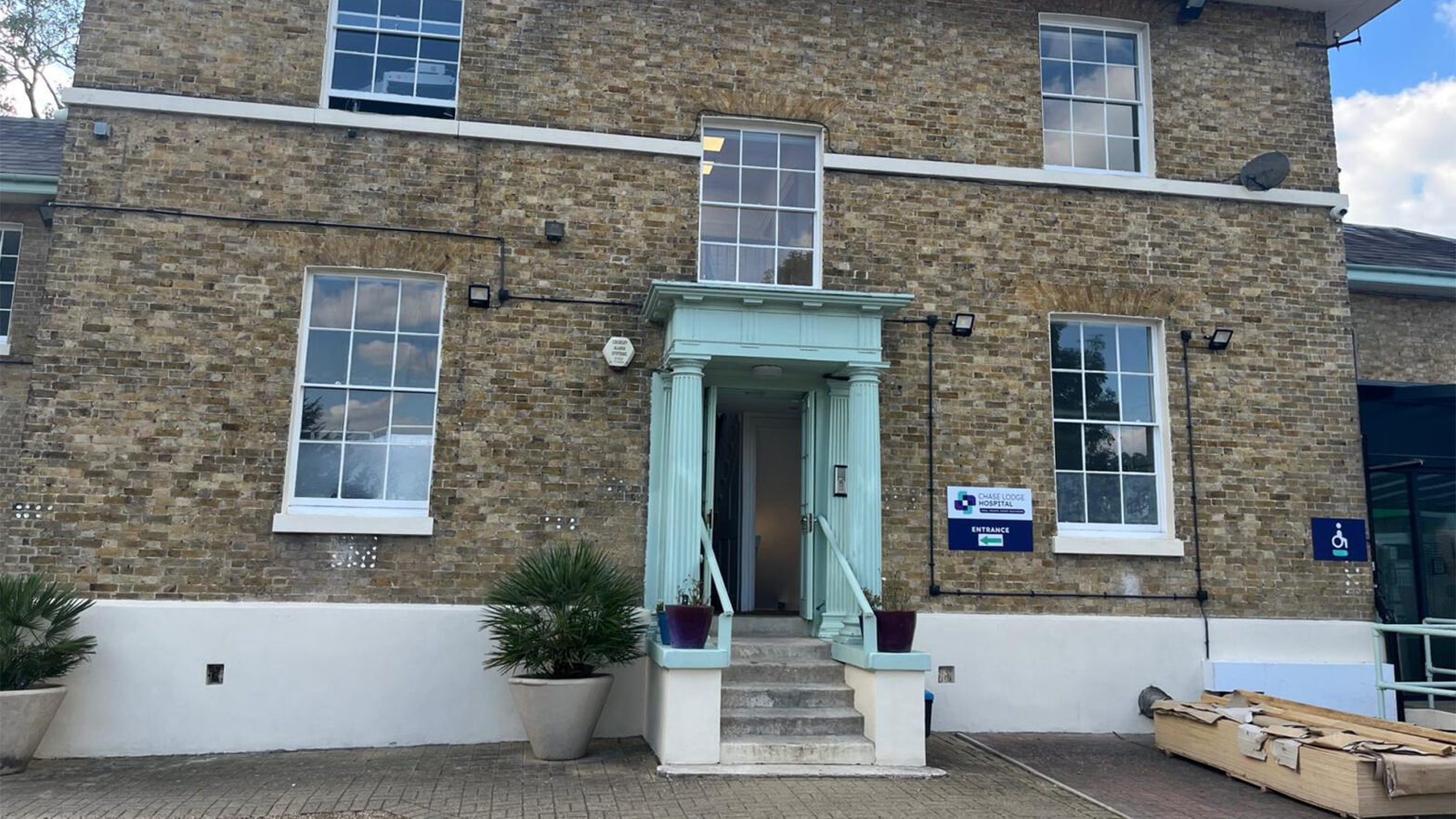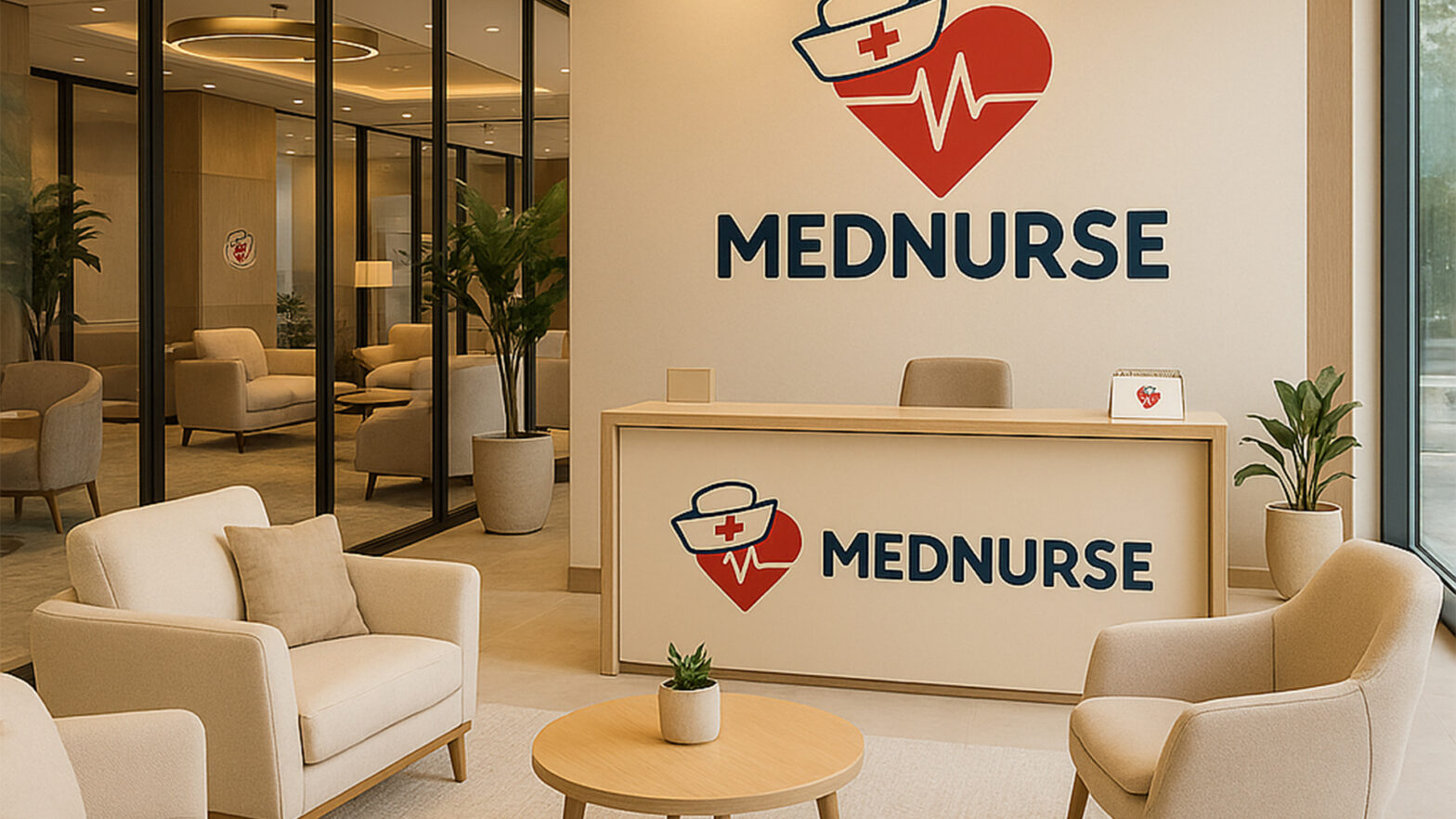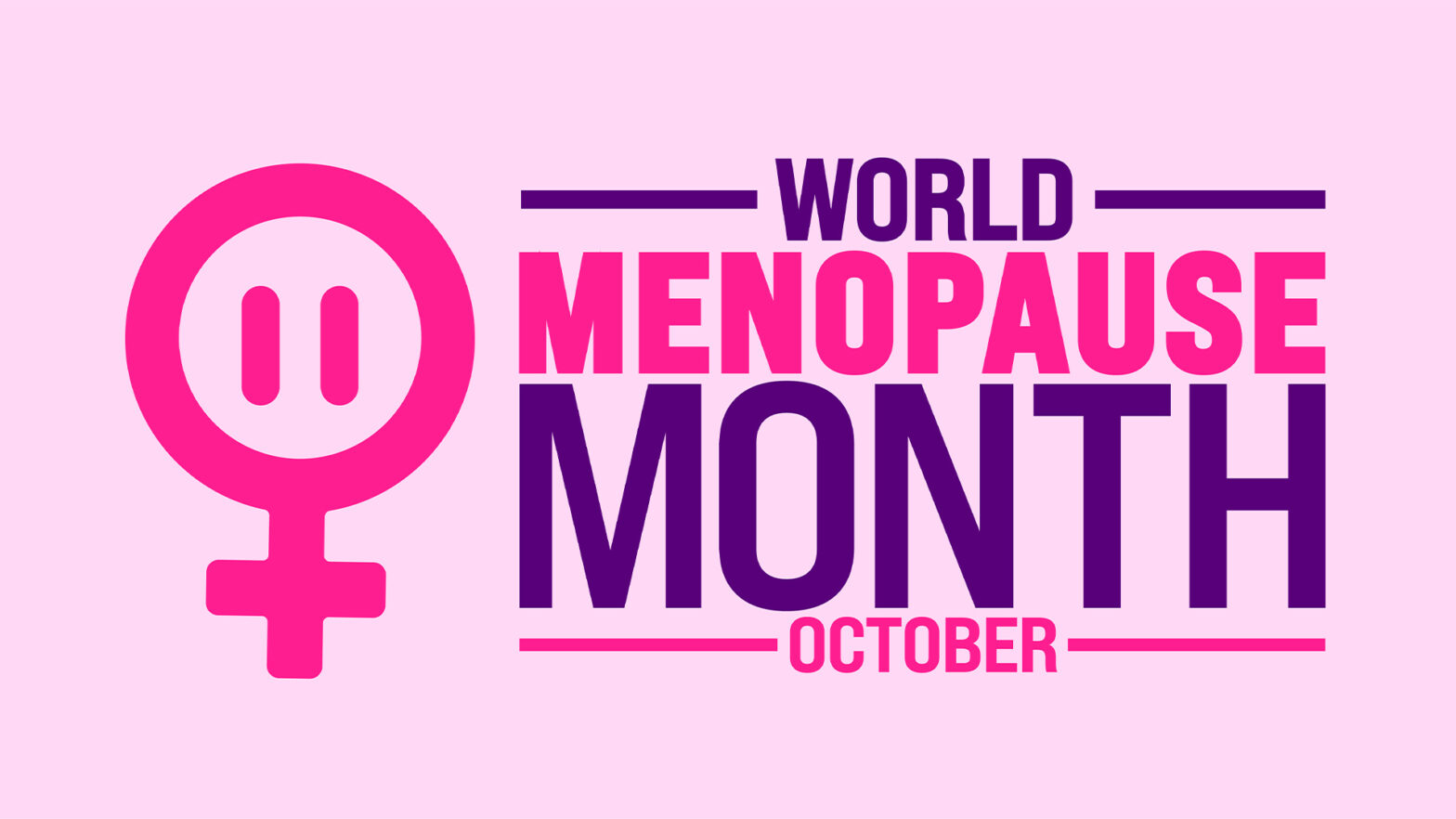How to Make CME Events Inclusive and Accessible
Continuing Medical Education (CME) plays a critical role in helping healthcare professionals stay up-to-date with the latest medical knowledge, techniques, and regulatory standards. Despite its importance, limited access to high-quality training programs, financial constraints, and lack of time remain significant obstacles for many healthcare professionals. However, the rise of online education and the integration of advanced educational technologies into learning spaces are creating new opportunities for making CME more accessible and inclusive.
Online Conferences and Webinars
Virtual CME events like webinars and online conferences have become a popular alternative to in-person sessions. This format eliminates geographic and scheduling barriers, allowing healthcare providers to participate from anywhere around the world. Organizers can host interactive sessions with real-time Q&A and breakout discussions. To ensure broader accessibility, choose platforms that support screen readers and offer keyboard navigation. Consider hosting sessions multiple times or offering different time zone options to accommodate international participants.
For MCE or CE accreditation, ensure these events meet regulatory requirements and educational standards. This includes clearly stating learning objectives, maintaining a structured format, and including mechanisms for post-viewing assessments or evaluation.
Access to Recordings
Live attendance is not always feasible for busy medical professionals. Offering on-demand access to recorded sessions significantly increases accessibility. Recordings allow participants to learn at their own pace, revisit complex subject matters, and fit their CME activities into busy and unpredictable schedules. Offering self-paced learning options also helps accommodate different learning styles, making CME more effective and accessible.
Multi-language Support
Language barriers can limit access to high-quality CME programs for non-native English speakers. Multi-language support boosts accessibility and promotes inclusivity in medical education. Translations or subtitles in multiple languages can help them overcome this barrier and open up your program to a global audience. Even within English-speaking regions, culturally relevant adaptations can improve comprehension. Consider hiring professional medical translators or using translation tools to streamline this process.
Use Captions
Adding captions and transcripts to CME webinars and recordings significantly improves accessibility for individuals who are deaf or hard of hearing, as well as those in sound-sensitive environments. Captions also benefit users who may struggle to understand different accents or speech. It can boost comprehension, especially for complex medical terminology, and improve retention by allowing learners to read alone while listening.
Integrate Podcasts
Podcasts are gaining popularity as a convenient and flexible method for delivering CME programs. The audio format allows healthcare professionals to learn on the go and engage with educational material while commuting, working out, or multitasking. To make podcasts eligible for CME or CE credits, ensure they are part of a structured learning series and feature recognized subject-matter experts. Providing transcripts alongside each podcast episode ensures they remain accessible to those who require or prefer written materials.
Optimization for Smartphones
Modern medical professionals often rely on smartphones and tablets to access educational content. It is essential to ensure that your CME platform is mobile-optimized by offering a responsive design, touch-friendly interface, and downloadable content that can be accessed offline. Mobile platforms or apps that offer push notifications, bookmarking features, and progress tracking can also enhance the learning experience.
Inclusive User Experience
A well-designed user interface is essential for improving accessibility. Ensure that your website or platform complies with Web Content Accessibility Guidelines (WCAG) and is tested for usability by diverse audiences. Providing consistent navigation and layout, readable fonts, text alternatives, and input assistance are some ways to enhance the user experience and make the learning environment more inclusive. Offering technical support and user guides also helps reduce frustration and increases participation among less tech-savvy medical professionals.
Conclusion
Creating accessible CME courses is necessary to ensure all healthcare professionals get equal opportunities to maintain their licenses and certifications, learn new skills, and improve the quality of care offered to patients. By leveraging virtual platforms and offering a wide range of content formats, educators can build inclusive and accessible CME programs that meet the evolving needs of the global medical community. Adopting inclusive strategies like e-learning modules, virtual conferences, webinar recordings, and downloadable learning materials, along with multi-language support, captions, and transcripts, ensures that CME events meet the needs of all learners regardless of location, time zone, or financial constraints.



















